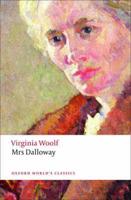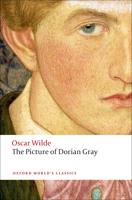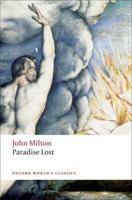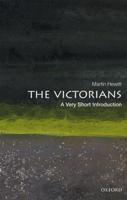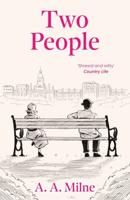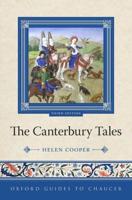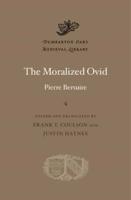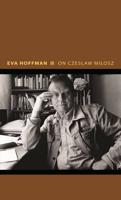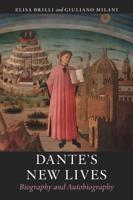Publisher's Synopsis
Using Wordsworth as a focal point, this book describes how, in the period of Romanticism and beyond, the historical practice of pilgrimage became internalised figuratively and psychologically so as to represent Christian discourse in nineteenth-century English literature. It surveys the imaginative relocation of Jerusalem and Rome to real and present places, thereby creating the nation's sacred imaginary. Wordsworth is presented as central to founding a literary religious discourse on the sacred site of the Lake District. Also explored are the ways in which other Victorian writers such as Ruskin and Newman participated in that construction by their own literary pilgrimages. Overall, this book revises assumptions about the decline of the religious imagination in nineteenth-century English literature and fundamentally reappraises the function of Romantic and Victorian representations of the sacred in forming the nation and empire.

